<Back to Index>
- Chief of Staff of the Imperial Japanese Navy Fleet Admiral Prince Fushimi Hiroyasu, 1875
- Chief of Staff of the Imperial Japanese Navy Osami Nagano, 1880
PAGE SPONSOR
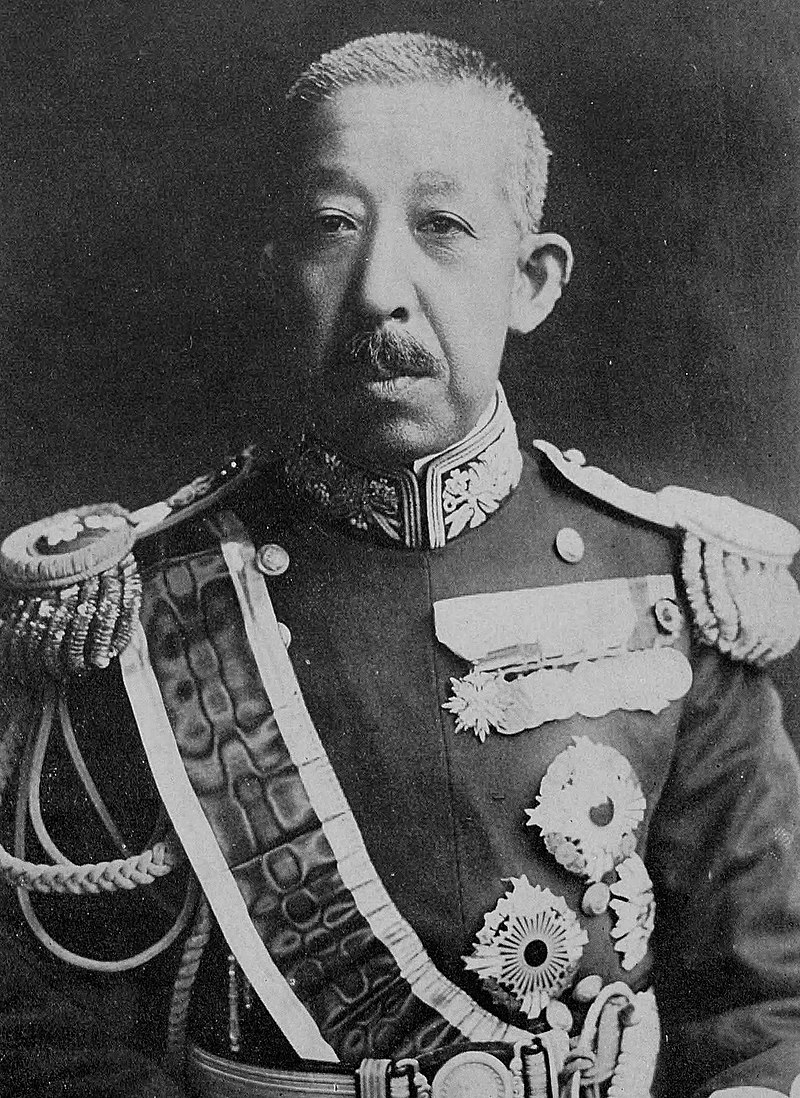
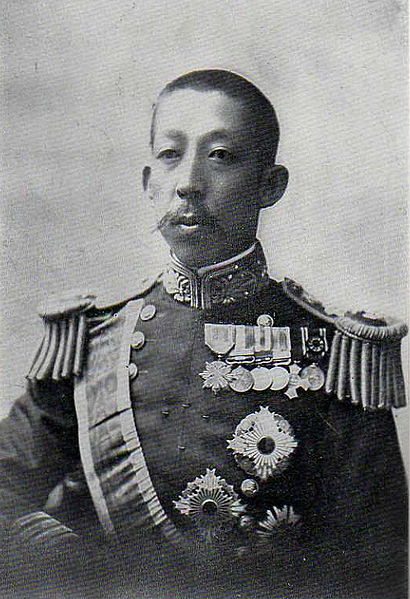
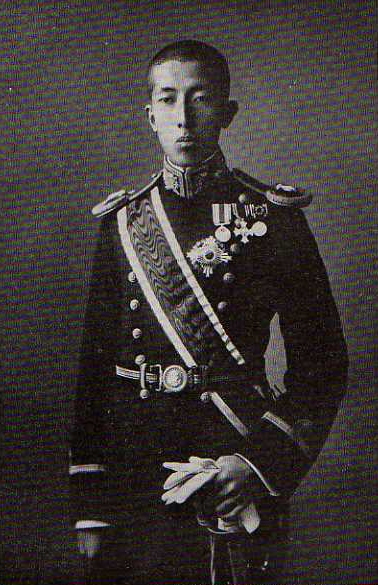
Fleet Admiral Prince Fushimi Hiroyasu (伏見宮博恭王 Fushimi - no - miya Hiroyasu ō, October 16, 1875 - August 16, 1946) was a scion of the Japanese imperial family and was a career naval officer who served as chief of staff of the Imperial Japanese Navy from 1932 to 1941.
Prince Hiroyasu was born in Tokyo as Prince Narukata, the eldest son of Prince Fushimi Sadanaru (1858 - 1922) and Princess Arisugawa Toshiko (1858 - 1930), the daughter of Prince Arisugawa Taruhito. He was the twenty - third head of the Fushimi - no - miya, one of the four shinnōke cadet branches of the imperial family entitled to succeed to the throne in default of a direct heir, Prince Fushimi was a second cousin to both Emperor Shōwa (Hirohito) and Empress Kōjun, and nephew of Prince Kan'in Kotohito
He succeeded to title Kachō - no - miya on April 23,
1883, upon which he changed his name from "Narukata" to
"Hiroyasu," but returned to the house of Fushimi - no -
miya on January 16, 1904.
On January 9, 1896, Prince Hiroyasu married Tokugawa Tsuneko (1882 - 1939), the ninth daughter of Prince Tokugawa Yoshinobu, Japan's last Shogun, with whom he had six children:
- Prince Fushimi Hiroyoshi (博義王 Hiroyoshi-ō, December 8, 1897 - October 19, 1938)
- Princess Yasuko (恭子女王 Yasuko-nyoō, 1898 - 1919); Married Marquis Asano Nagatake
- Prince Hirotada (博忠王 Hirotada-ō, 1902 - 1924); Became Prince Kachō Hirotada
- Prince Hironobu (博信王 Hironobu-ō, 1905 - 1970); Became Marquis Kachō Hironobu: took peerage title of Marquis and succeeded to head of Kachō - no - miya household
- Princess Atsuko (敦子女王 Atsuko nyoō, 1907 - 1936); Married Count Kiyosu Yukiyasu.
- Princess Tomoko (知子女王 Tomoko nyoō, 1907 - 1947); married Prince Kuni Asaakira.
- Prince Hirohide (博英王 Hirohide-ō, 1912 - 1943); Became Count Fushimi Hirohide: took peerage title of Count, served in IJN, KIA.
Prince Hiroyasu dropped out of the Imperial Japanese Naval Academy, moved to Germany in 1889, and graduated from the Naval Academy of the Kaiserliche Marine in 1895. He spoke fluent German. Prince Fushimi served as a lieutenant commander in the Russo - Japanese War (1904-05). He sustained wounds aboard the battleship Mikasa in the Battle of the Yellow Sea (August 1904). He later served as executive officer on the cruiser Niitaka, battleship Okinoshima, and cruisers Naniwa and Nisshin. He was awarded the Order of the Golden Kite, 4th class, for his services in the Russo - Japanese War.
He studied in Great Britain from 1907 - 1910 and upon his return to Japan commanded the cruiser Takachiho (1910), and later the Asahi and the battlecruiser Ibuki. He rose to vice admiral on December 1, 1916 and full admiral on December 1, 1922. He was a member of the Supreme War Council from 1920 onward. He was a strong supporter of the Fleet Faction within the Navy, pushing for cancellation of the Washington Naval Agreement and the building of a more powerful navy.
Prince Hiroyasu succeeded his father as the twenty-third head of the house of Fushimi in 1923. He was appointed commander of the Sasebo Naval District in 1924. Admiral Prince Fushimi became the chief of the Imperial Japanese Navy General Staff on February 2, 1932, replacing Admiral Abo Kiyokazu, and held the post to April 9, 1941.
Prince Fushimi received the largely honorary rank of fleet admiral on May 27, 1932 and the Collar of the Supreme Order of the Chrysanthemum in 1934.
While he was Chief of Staff of the Imperial Japanese Navy, the Imperial Japanese Navy Air Service used strategic bombing against Chinese cities including Shanghai and Chongqing. The bombing of Nanjing and Guangzhou, which began on September 22-23, 1937, resulted in widespread international condemnation of Japan and a resolution against Japan by the Far Eastern Advisory Committee of the League of Nations.
As Chief of Staff, he supported the "southward advance" into northern French Indochina and the Dutch East Indies, but expressed reservations about the Tripartite Pact during the September 19, 1940 Imperial Conference.
Hiroyasu Fushimi was awarded the Order of the Golden Kite, 1st class, in 1942. He remained a member of the Supreme War Council throughout the Pacific War, but officially retired from the active list in 1945.
After the war, Fushimi was the honorary president of the Imperial Life Boat Association, the Japan Seamen's Relief Association, the Cancer Research Society, the Naval Club, the Japan - German Society, and the Scientific and Chemical Research Institute.
Like all members of the Imperial family involved in the
conduct of the war, Prince Fushimi was exonerated from
criminal prosecutions before the Tokyo tribunal by Douglas
MacArthur. He died in Tokyo shortly after the end of World
War II on August 16, 1946.
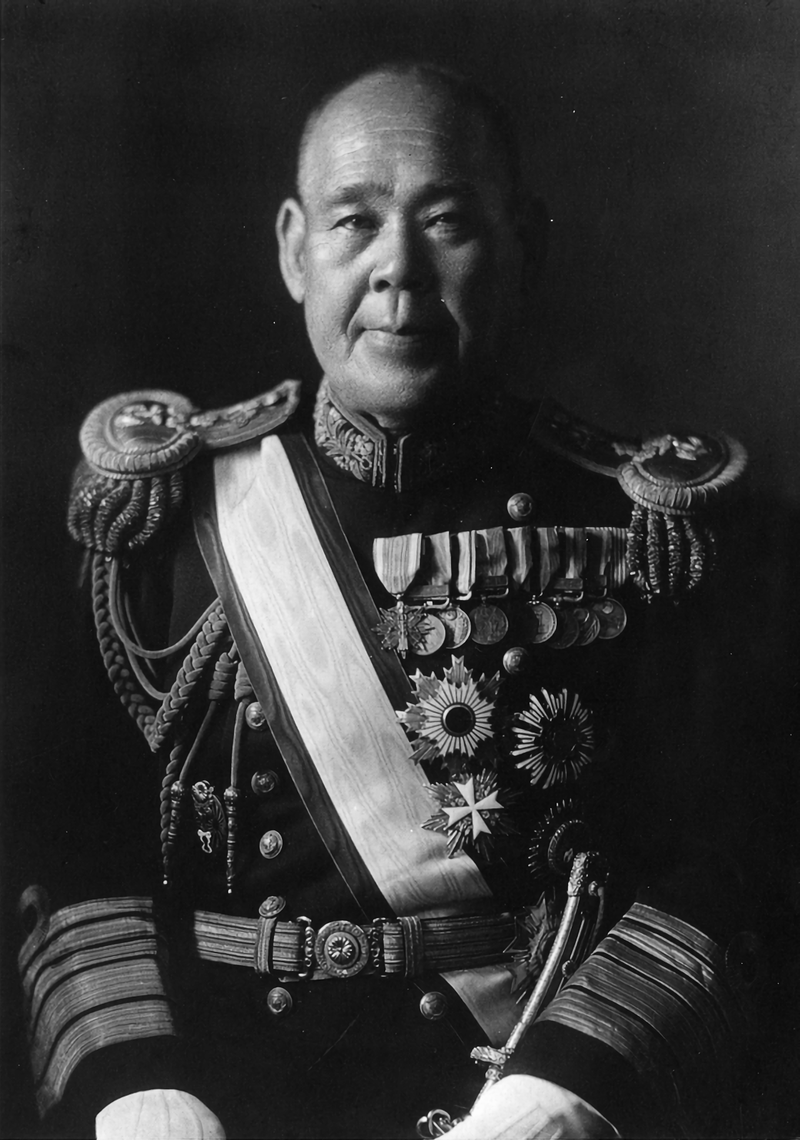
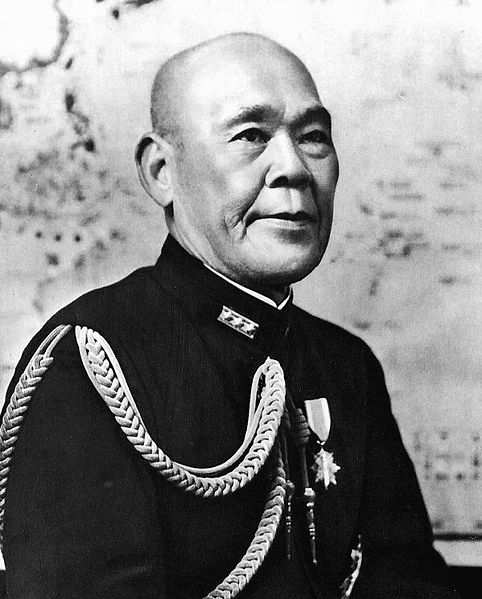
Osami Nagano (永野 修身 Nagano Osami, June 15, 1880 - January 5, 1947) was a Japanese career naval officer and fleet admiral in the Imperial Japanese Navy from 1934. He was more of an administrative officer than a sea commander. From April 1941 to February 1944, he was chief of the Imperial Japanese Navy General Staff.
Nagano was born in Kōchi to an ex samurai family. In 1900, he graduated from the 28th class of the Imperial Japanese Naval Academy, ranked second in his class of 105 cadets. After midshipman service on the cruiser Hashidate and battleship Asahi, he was commissioned an ensign and assigned to the cruiser Asama. During the Russo - Japanese War, he served in a number of staff positions. The closest he came to combat was as commander of a land based heavy naval gun unit during the siege of Port Arthur.
After his promotion to lieutenant in 1905, Nagano served on the battleship Shikishima. From 1905 to 1906, he studied naval artillery and navigation. From 1906 to 1908, he was chief gunnery officer on the cruiser Itsukushima. In 1909, he graduated from the Japanese Naval War College.
In 1910, Nagano was promoted to lieutenant commander and assigned as chief gunnery officer on the battleship Katori. From January 1913 to April 1915, he was a language officer in the United States, during which time he studied at Harvard Law School.
During World War I, Nagano was executive officer on the cruisers Nisshin and cruiser Iwate. In 1918, he was promoted to captain. In 1919, he received his first (and only) ship command, the cruiser Hirado.
From December 1920, Nagano was a military attaché to the United States, in which capacity he attended the Washington Naval Conference. In November 1923, he returned home, although he returned to the United States on official visits in 1927 and 1933. In December 1923, he was promoted to rear admiral.
In February 1924, Nagano was chief of the Imperial Japanese Navy General Staff Third Section (Intelligence). From December 1924, he commanded the 3rd Battleship Division. From April 1925, he commanded the 1st China Expeditionary Fleet. In December 1927, he was promoted to vice admiral. From 1928 to 1929, Nagano was commandant of the Imperial Japanese Naval Academy. From 1930 to 1931, he was vice chief of the Navy General Staff, in which capacity he attended the Geneva Naval Conference. In 1930, he attended the London Naval Conference. From 1933 to 1934, he was commander in chief of the Yokosuka Naval District. On 1 March 1934, he was promoted to admiral and appointed to the Supreme War Council. Nagano was the chief naval delegate to the London Naval Conference of 1935. Japan withdrew in protest from the 1935 London Conference after it was denied naval parity with the United States and Great Britain.
In 1936, Nagano was appointed Navy Minister under Prime Minister Kōki Hirota. In 1937, he was appointed Combined Fleet commander - in - chief.
From 1941, Nagano was chief of the Imperial Japanese Naval General Staff, serving as the most senior officer in the Japanese navy during most of World War II. However, he did not provide strong leadership and entrusted too much strategic planning to hard-line subordinates. Although he was a proponent of the Nanshin-ron, he was against war with the United States. He concluded that if Japan were able to take over British and Dutch colonies in Asia without directly attacking the United States, the isolationist factions with the American government would prevent the United States from declaring war against Japan. He was against Admiral Isoroku Yamamoto's planned attack on Pearl Harbor, but reluctantly gave his approval after Yamamoto threatened to resign as Combined Fleet commander.
In 1943, Nagano was promoted to fleet admiral. By 1944, however, Japan had suffered serious military setbacks and Nagano had lost the confidence of Emperor Hirohito. With the emperor's approval, Prime Minister Hideki Tōjō and Navy Minister Shigetarō Shimada removed Nagano from his post and replaced him with Shimada. Nagano spent the remainder of the war as an advisor to the government. In 1945, the American Occupation forces arrested Nagano. He was charged with “Class A” war criminal charges before the International Military Tribunal for the Far East. When US naval officers interrogated him, he was described as "thoroughly cooperative," "keenly alert," "intelligent," and "anxious to develop American friendship". He died of a heart attack due to complications arising from pneumonia in Sugamo Prison in Tokyo before the conclusion of his trial.